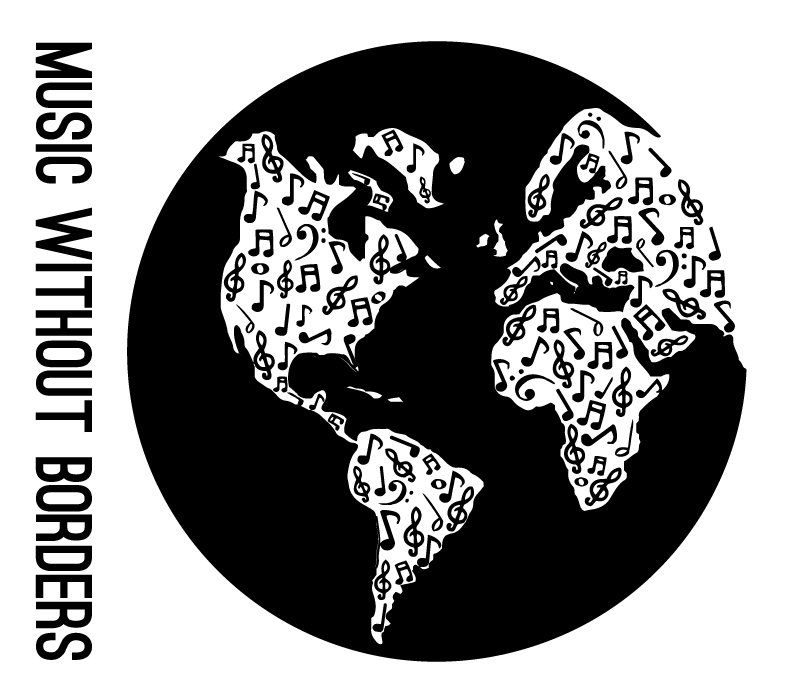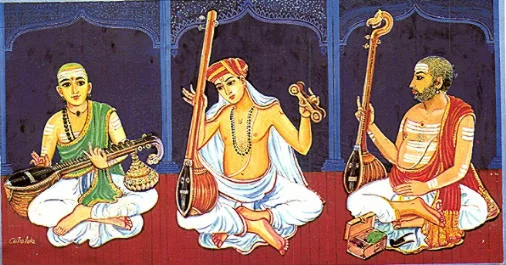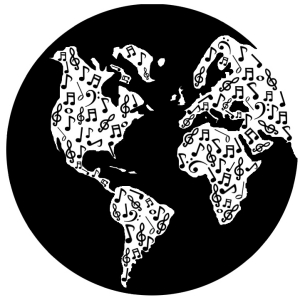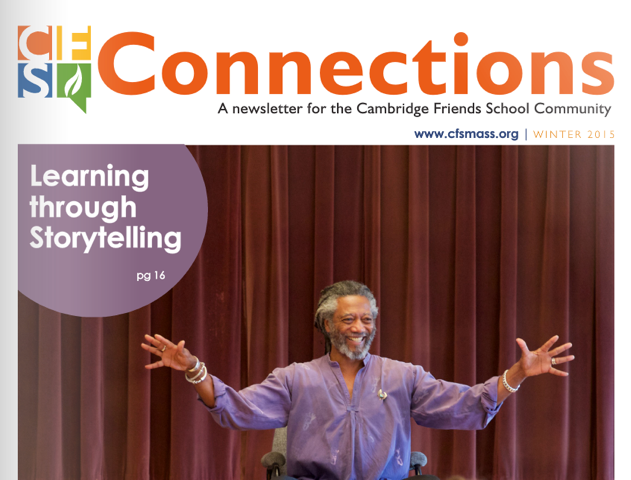1. What are you passionate about? What problem do you wish to combat?
Really? I didn’t have to read this to find out that I need a problem to solve!
While this may seem easy and completely obvious, this step is by far the most important. You need to be so passionate about your chosen issue that you are willing to dedicate countless hours to improve it. Choose an on-going problem which involves long term commitment: for instance, raising money or books for your local library. With that being said, don’t choose an incredibly complex problem such as combating world hunger. Try to break complex issues into smaller issues.
Fighting world hunger -> Raising money for Action Against Hunger or a related charity.
Saving refugees -> Informing the public about the terrible condition of the refugees OR raising money for Doctors Without Borders / Médecins Sans Frontières or a similar charity.
2. Raise Awareness in your School
Put posters up. Speak at assemblies. Tell your friends to spread the word. Use the PA system (ask before you use it though!). Honestly, the message can be spread in any effective manner.
Your school is also a wonderful environment to find a dedicated group of people with whom you can work with. Even though some of you may not believe it, all of your schools are filled with A LOT of talented people who are willing to help your cause; all you have to do is find them.
And almost everything is easier when you have more people helping. 160 doughnuts seems like a daunting task for you to bake, but with a group of ten people everyone only has to bake sixteen of them. Organizing a fundraiser seems nigh impossible if you are the only person doing so, but with a small committee, it turns into a very challenging—but not impossible—task.
3. Organize an Event
Usually figuring out what exactly you wish to do is the best first step. Obviously, planning for a concert will be very different from planning for a 5K run. Once you’ve decided on an event, then you can work out the little things. Asking questions like:
"Where do you want to hold it? Who do you want to be there? When do you want it to happen? Are you selling anything (Tickets, t-shirts, food, etc.)? How many people will be in attendance?"
...can really help you iron out the details. If you’re hosting a film festival, selling popcorn may be one of the things you should consider. If you’re organizing a 5K run, selling popcorn shouldn’t be something you consider.
After you’ve mapped out exactly what will happen start contacting people. Venues don’t find themselves!
4. Raise Awareness on Social Media
Information travels at light-speed thanks to social media, and you should take advantage of that. Create official Twitter / Facebook accounts to quickly reach out to millions of people in a professional manner and to spread your message outside of your local community.
5. Reach out to Local Dignitaries and Media
Isn’t that a bit ambitious? Why would politicians or newspapers care about my little actions?
While the New York Times or the National Post may not be willing to report on your first event, local newspapers will. Reach out to ALL of the newspapers in your area - it doesn't matter whether the newspaper is in Korean, English, or any other language - as long as you or one of your group members can communicate with the paper go for it!
For politicians use the same strategy. Contact your local municipal/provincial/federal politicians. Justin Trudeau may not be able to present at your event, but a local city councillor or a local MPP might be able to.
5.5. Reach out to Local Dignitaries and Media
Run your event!
6. —
Wow a step six? I thought this was 5 steps?
—Have Fun!
As incredibly cliché as it sounds, make sure you’re having fun.
Good luck and make sure you’re having a blast!
—by Ernest








































